Table of Contents
As we navigate the educational landscape in 2023, it’s crucial to understand the resources available for children. One such resource is the Individualized Education Program (IEP), a vital tool for children with Attention Deficit Hyperactivity Disorder (ADHD). This article provides a comprehensive guide on how to secure an IEP for ADHD in the Philippines.
Understanding ADHD and IEP
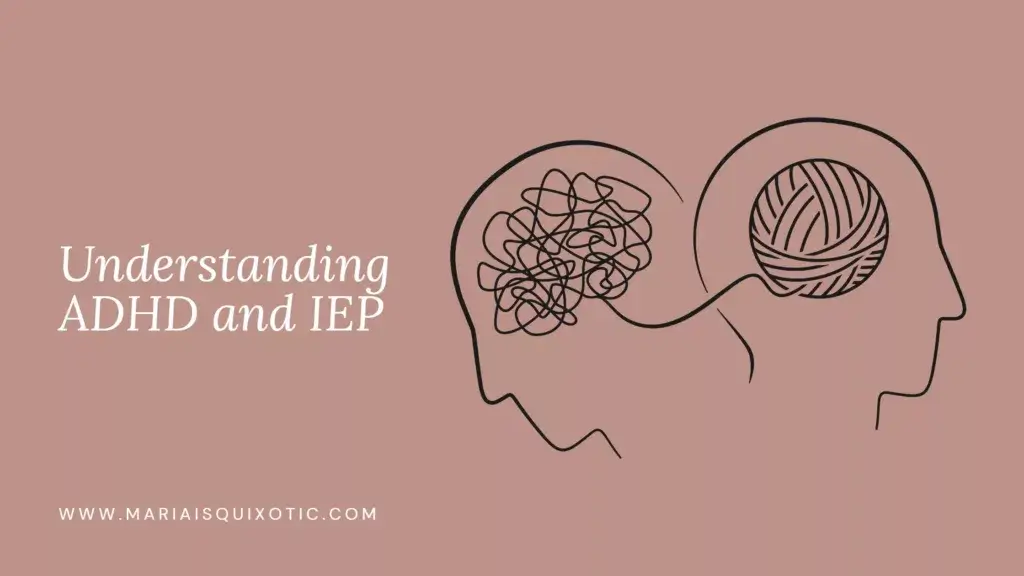
ADHD is a neurodevelopmental disorder characterized by persistent patterns of inattention, impulsivity, and hyperactivity. In the context of education, these symptoms can pose challenges in a child’s learning journey. That’s where an IEP comes in.
An IEP is a legal document under the Individuals with Disabilities Education Act (IDEA) that tailors a child’s educational plan to meet their unique needs.
The Importance of an IEP for ADHD

An IEP is a powerful tool that can significantly enhance the educational experience of a child with ADHD. It provides accommodations and modifications to the learning environment and teaching strategies, making education more accessible and effective for the child.
Steps to Secure an IEP in the Philippines
Securing an Individualized Education Program (IEP) in the Philippines is a process that involves several key steps. It’s essential to understand each step to ensure that your child receives the support they need. Let’s walk through the process together.
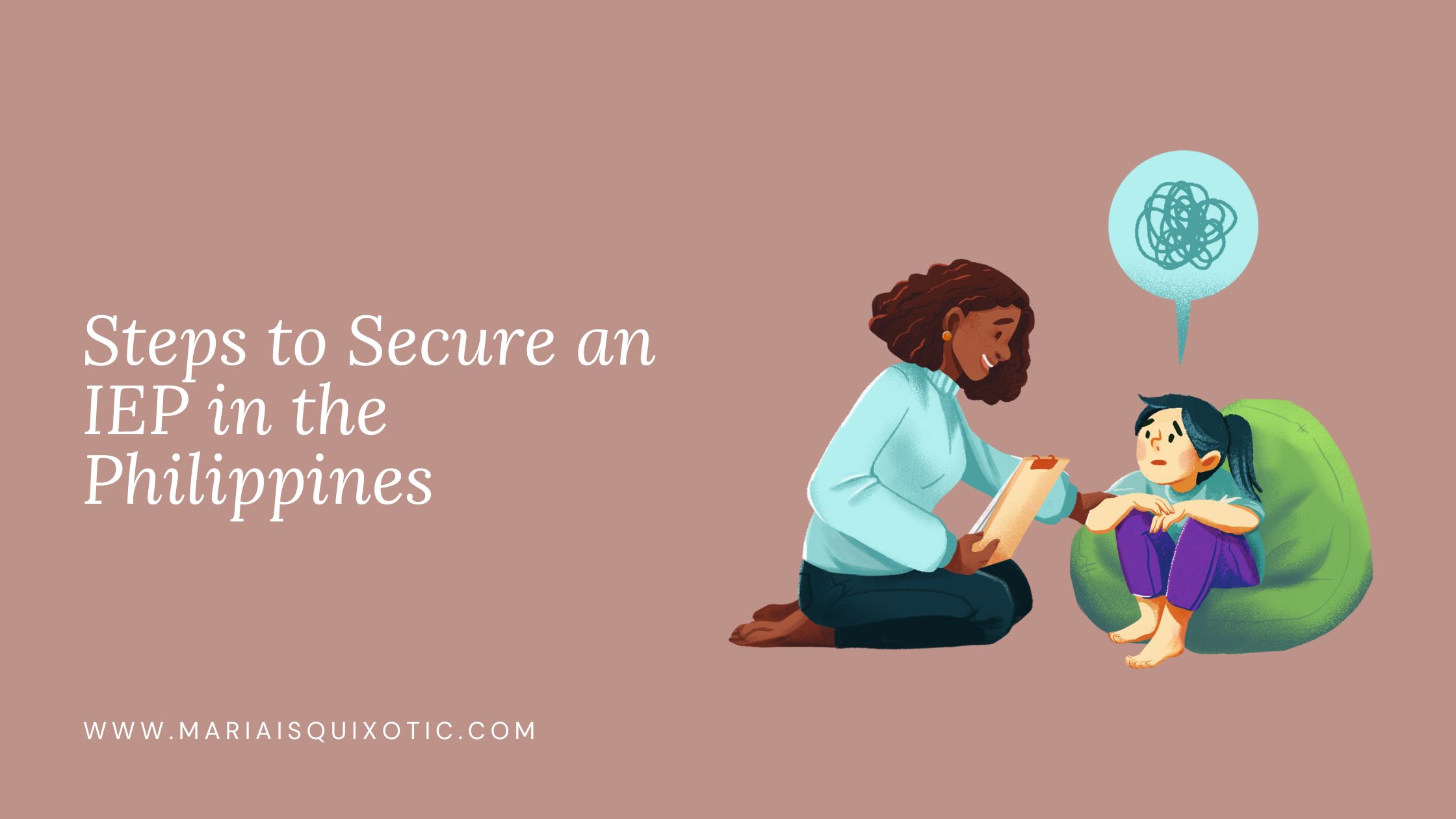
Securing an IEP in the Philippines involves several steps:
A professional diagnosis is the first step in securing an IEP. Consult a licensed psychologist or psychiatrist who can accurately diagnose ADHD.
Write a formal letter to your child’s school requesting an evaluation for special education services. Include any relevant medical documents in your request.
After your request is approved, you’ll meet with the school’s evaluation team. This team typically includes special education teachers, school psychologists, and other relevant professionals.
If your child is deemed eligible, the next step is to develop the IEP. This involves a collaborative effort between you, your child (when appropriate), and the school team.
Once the IEP is developed, it’s time to put it into action. Regular follow-ups and adjustments are necessary to ensure the IEP continues to meet your child’s needs.
Tips for a Successful IEP Journey
Securing an IEP can be a complex process, but here are some tips to make the journey smoother:
- Stay Informed: Understand your child’s rights and the school’s responsibilities. Familiarize yourself with the laws applicable in the Philippines.
- Communicate Openly: Maintain open lines of communication with the school. Don’t hesitate to ask questions or voice your concerns.
- Be Involved: Actively participate in the IEP process. Your insights about your child’s strengths and challenges are invaluable.
- Keep Records: Document all communications and keep copies of all reports and letters. This will be helpful if any disputes arise.
Conclusion
Securing an IEP for a child with ADHD in the Philippines may seem daunting, but with the right information and support, it’s a manageable process. Remember, the goal is to provide your child with the best possible educational experience.




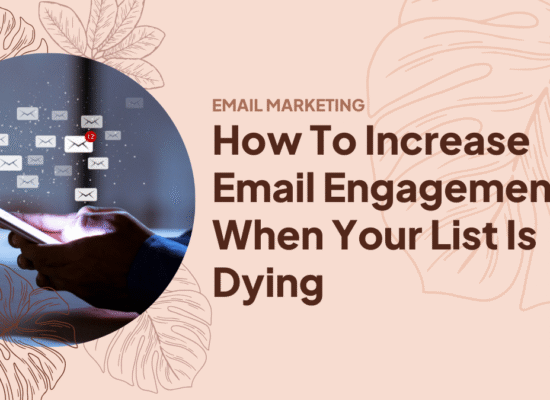
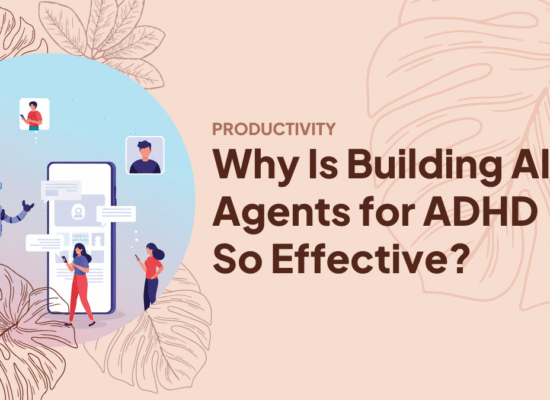
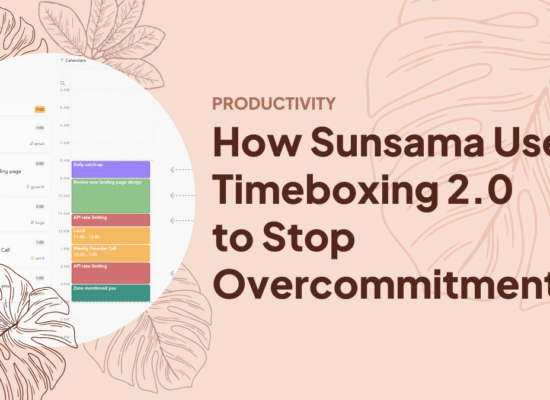
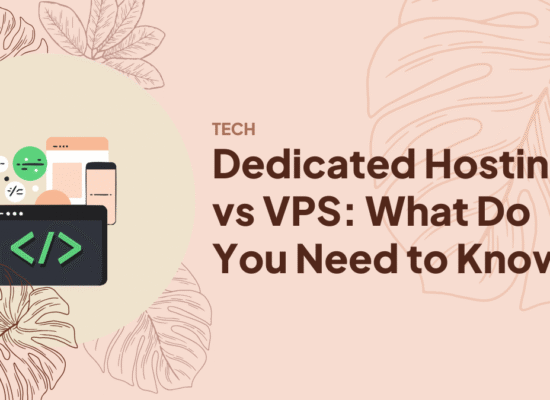
No Comment! Be the first one.